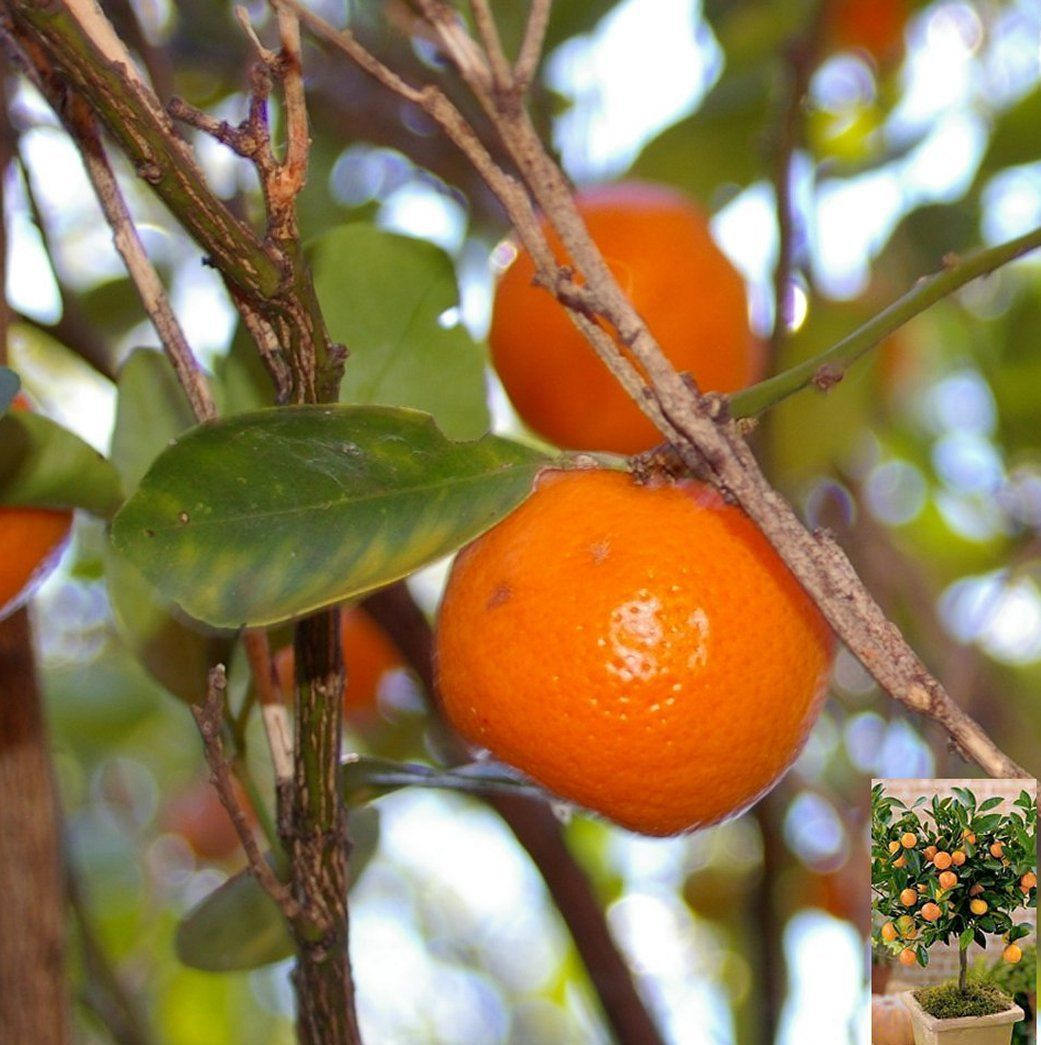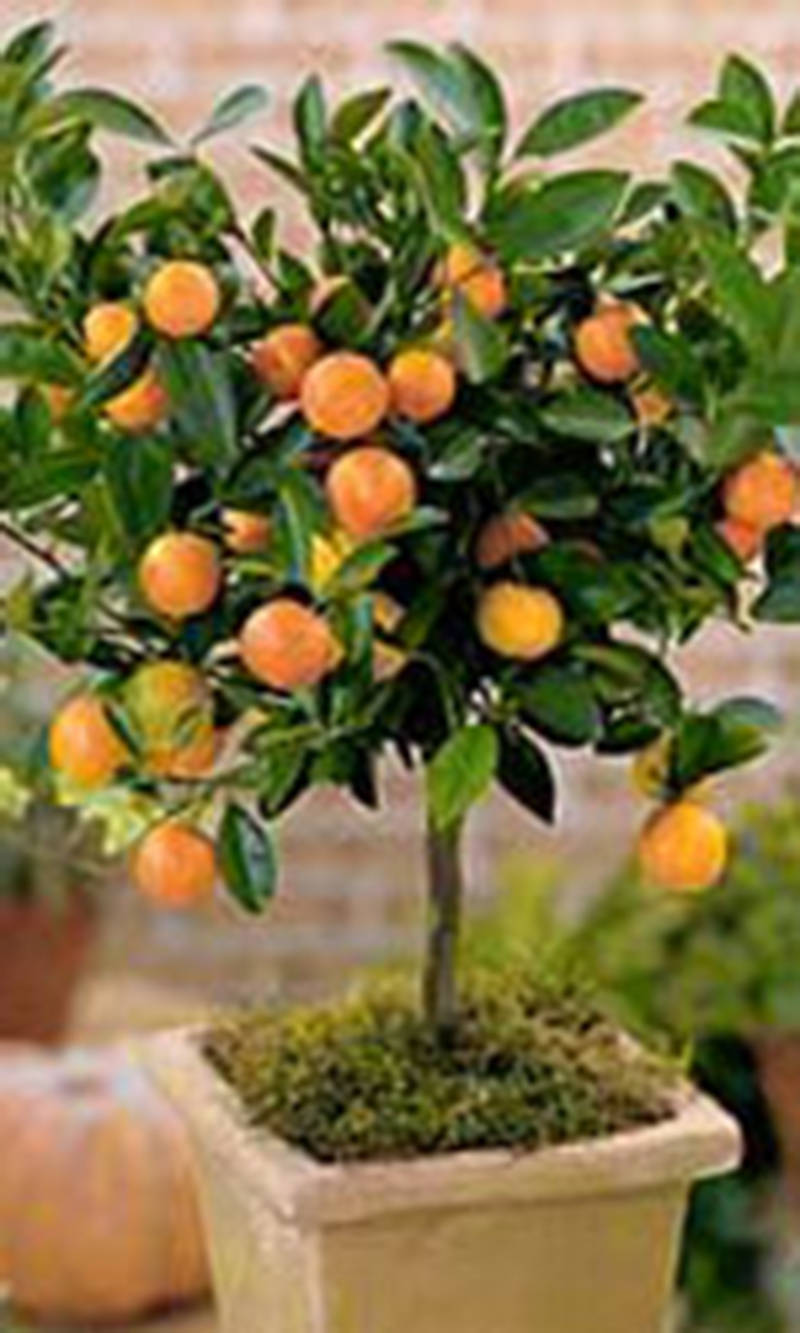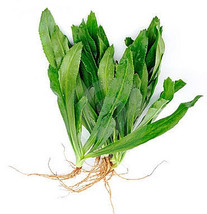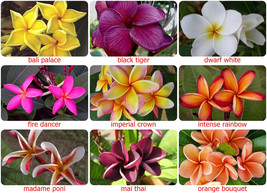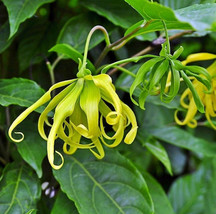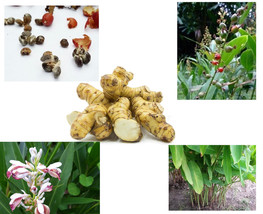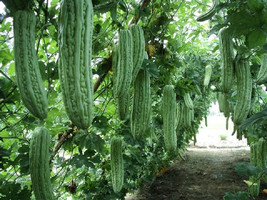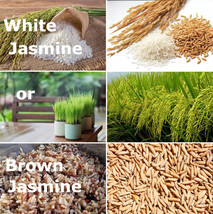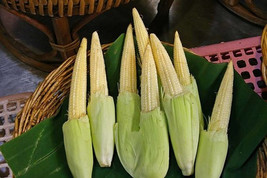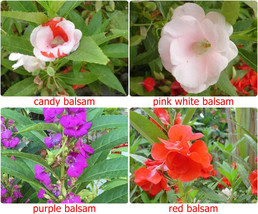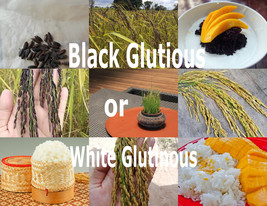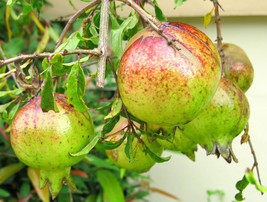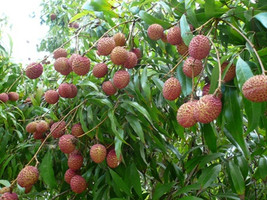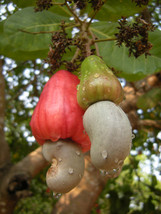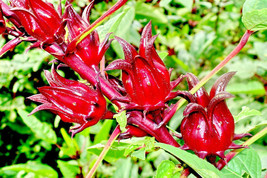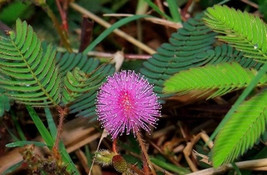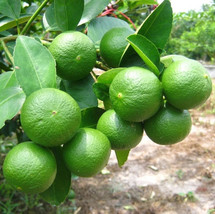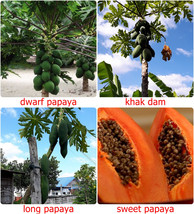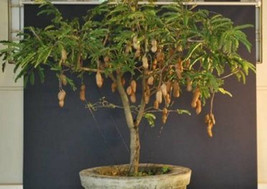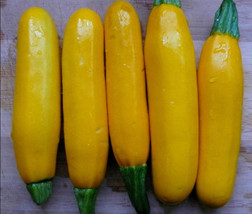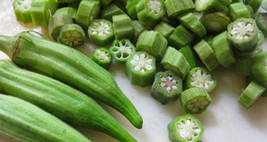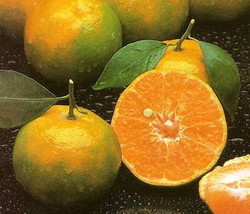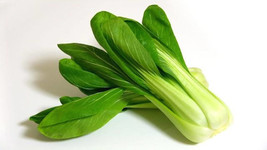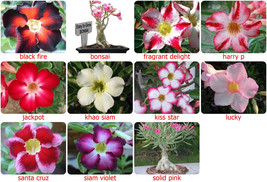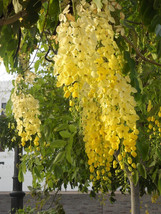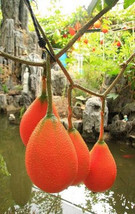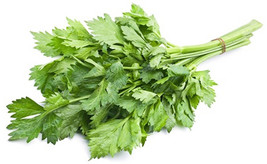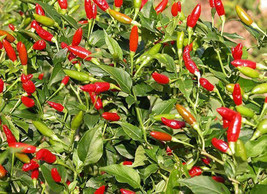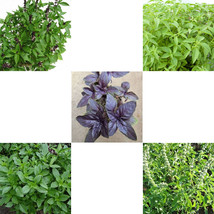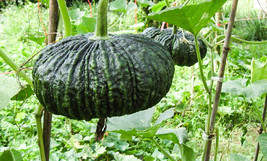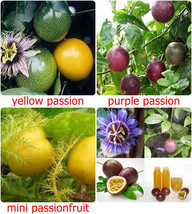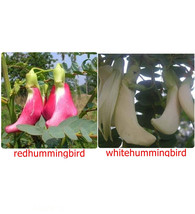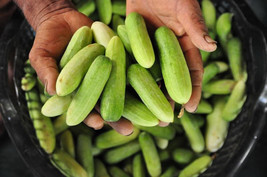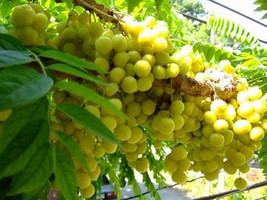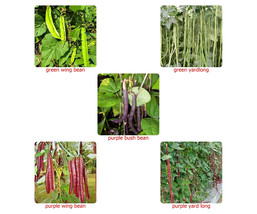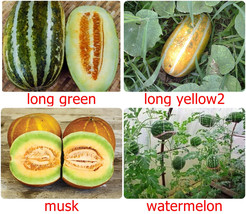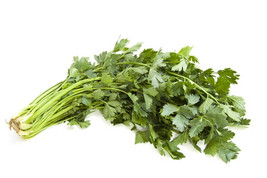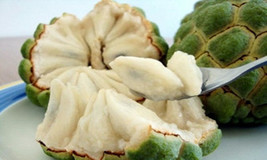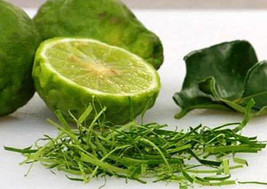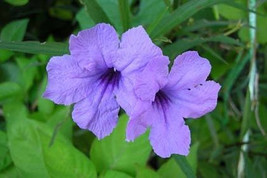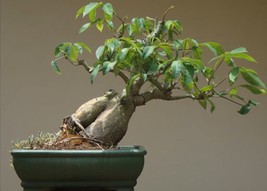Calamondin, Thai Miniature Orange Tree, and 50 similar items
Calamondin, Thai Miniature Orange Tree, CITROFORTUNELLA MICROCARPA, Thai Citrus
$3.25
View full item details »
Shipping options
Seller handling time is 2 business days Details
$5.95 via Unspecified shipping type to United States
Ships from
Thailand

Return policy
Full refund available within 90 days
Purchase protection
Payment options
PayPal accepted
PayPal Credit accepted
Venmo accepted
PayPal, MasterCard, Visa, Discover, and American Express accepted
Maestro accepted
Amazon Pay accepted
Nuvei accepted
View full item details »
Shipping options
Seller handling time is 2 business days Details
$5.95 via Unspecified shipping type to United States
Ships from
Thailand

Return policy
Full refund available within 90 days
Purchase protection
Payment options
PayPal accepted
PayPal Credit accepted
Venmo accepted
PayPal, MasterCard, Visa, Discover, and American Express accepted
Maestro accepted
Amazon Pay accepted
Nuvei accepted
Item traits
| Category: | |
|---|---|
| Quantity Available: |
78 in stock |
| Condition: |
Unspecified by seller, may be new. |
Listing details
| Seller policies: | |
|---|---|
| Shipping discount: |
Items after first shipped at flat $0.00 |
| Posted for sale: |
More than a week ago |
| Item number: |
708436837 |
Item description
Buy 5 or more items and receive a 25% discount
use coupon code: 25PERCENTOFF
The Calamondin is a prolific fruit tree and is very popular throughout Thailand where it is used for cooking and as a decorative item.
In the west it is variously known as the acid orange, calamondin orange, or Panama orange. It is often found as a shrub or small tree growing to 3-6 m tall, and bears many small citrus fruits which are used to flavour foods and drinks.
Hybrids have been cultivated for so long that the origins of most are obscure. The fruit of the calamondin resembles a small, round lime, usually 25-35mm in diameter, but sometimes up to 45mm. It has the odour of a tangerine with a very thin green or orange colored peel. Despite its appearance and aroma, the taste of the fruit itself is quite sour, though the peel is sweet. Some people even use it in Marmalade or Orange Jam as it is kwonwn here in Thailand
Putting the whole fruit into the mouth often leads to surprise from first-time tasters at the combination of sweet and sour. The fruit can be frozen whole and used as ice cubes in beverages like gin, tea or ginger ale. The juice is extracted by crushing the whole fruit and makes a flavorful drink similar to lemonade, and a liqueur can also be made from the whole fruits, in combination with vodka and sugar.
In Asia the juice is used to season fish, fowl, and pork. Like other citrus fruits, the calamondin is high in vitamin C. In Europe and North America, the calamondin is grown mainly as an ornamental plant; it can be especially attractive when the fruit are present. It is frost sensitive and therefore limited to warm climates (e.g., Florida, south Texas, and Hawaii in the U.S.).
If the plant is potted, it may be brought indoors during the winter in areas with cooler climates. Best grown in a pot where it can be placed in a frost-free place in winter, the calamondin will do well on a cool light window sill indoors, or in a sheltered outdoor spot in summer, preferring a minimum winter temperature of 5ºc, a little higher by day.
Citrus growing instructions
******************************
When you receive the seeds re hydrate them by wrapping in damp kitchen towel for 12 hours before planting
Growing Instructions
Stage 1
Combine together equal parts of peat moss, loam and sand in a bucket. Split the growing media into individual three or four-inch plastic pots until filled.
Stage 2
Pack down the growing media until it's firm and well compressed in each of the three or four-inch pots. Place the pots into a watering tray, or any other container that can hold about one inch of water.
Stage 3
Pour water into the tray so the three or four-inch pots will absorb enough water to become well saturated. Drain out any remaining water after the pots have been moistened.
Stage 4
Poke one-half deep holes in the centre of each three or four-inch plastic pot. Drop into each hole, two to three of the citrus seeds. Then, sprinkle approximately one half inch of the growing media over the top of each of the holes.
Cover the pots with cling film forming a mini greenhouse environment.
Stage 5
Transfer the tray of pots into a warm, bright location. The location should have a consistent temperature of between 21 and 24 deg. Celsius at all times. Ideally, eight to 10 hours of light daily also should be available. Germination of the citrus seeds can begin in as little as 7 days, but can take up to 4 weeks. Pot up the citrus seedlings into larger containers when they're about 2 to 3 inches tall. Give fertilizer once every 2 months to encourage plant growth
|
Why are we showing these items?
Booth
Thaiseeds.com Booth |

|

-
Refine your browsing experience
We can show you more items that are exactly like the original item, or we can show you items that are similar in spirit. By default we show you a mix.
This item has been added to your cart
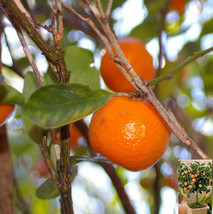 Calamondin, Thai Miniature Orange Tree, CITROFORTUNELLA MICROCARPA, Thai Citrus added to cart.
78 available in stock
Calamondin, Thai Miniature Orange Tree, CITROFORTUNELLA MICROCARPA, Thai Citrus added to cart.
78 available in stock
View Cart or continue shopping.
 Please wait while we finish adding this item to your cart.
Please wait while we finish adding this item to your cart.
Get an item reminder
We'll email you a link to your item now and follow up with a single reminder (if you'd like one). That's it! No spam, no hassle.
Already have an account?
Log in and add this item to your wish list.



